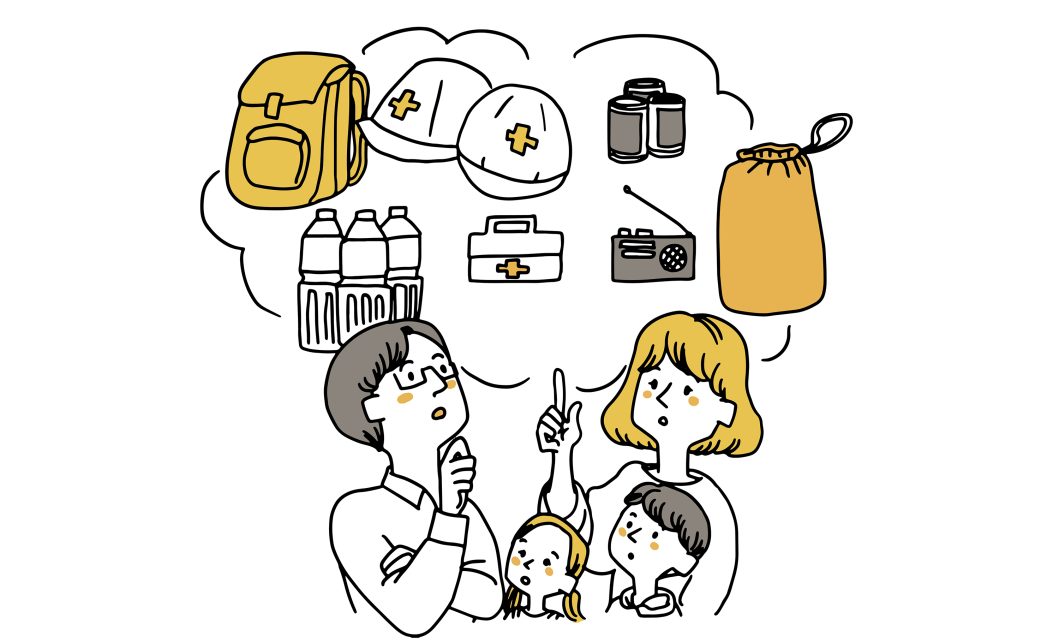Disasters, whether natural or man-made, can strike at any moment, leaving communities vulnerable and in turmoil. Among the most vulnerable groups during such events are individuals with intellectual and developmental disabilities (/IDD). It is crucial to understand that disaster preparedness should be inclusive and consider the unique needs of this community. In this blog, we will explore the importance of disaster preparedness within the I/DD community, highlighting the challenges they face and the strategies that can help ensure their safety and well-being.
The Vulnerabilities of the I/DD Community:
- Communication Barriers: Many individuals with IDD face communication challenges, which can make it difficult for them to understand emergency instructions or express their needs during a disaster.
- Sensory Sensitivities: Sensory sensitivities are common among people with I/DD. Loud noises, bright lights, and chaotic environments during disasters can cause extreme distress and anxiety.
- Mobility Issues: Mobility limitations are prevalent among individuals with I/DD, making it challenging for them to evacuate quickly or access emergency services independently.
- Medication and Healthcare Needs: Some members of the I/DD community rely on medications or specialized healthcare services. Disasters can disrupt access to these critical resources, posing severe health risks.
The Importance of Disaster Preparedness:
- Inclusivity: Disaster preparedness plans must be inclusive and consider the diverse needs of the I/DD community. This includes providing accessible information, communication support, and accessible evacuation routes.
- Education and Training: Educating caregivers, family members, and support staff is crucial. They need to be prepared to assist individuals with I/DD during a crisis and know how to meet their specific needs.
- Emergency Kits: Create personalized emergency kits for individuals with I/DD, including medications, sensory comfort items, communication aids, and essential documents like medical records and identification.
- Evacuation Plans: Develop clear evacuation plans that account for mobility limitations. Ensure that accessible transportation options are available, and staff members are trained to assist with evacuations.
- Communication: Establish effective communication channels between individuals with I/DD, their caregivers, and emergency responders. Utilize visual communication tools, such as picture-based communication boards.
- Sensory Support: During disasters, provide a sensory-friendly environment with reduced stimuli, calming spaces, and access to sensory aids like noise-canceling headphones.
Case Study 1: The Inclusive Disaster Preparedness Program in Orange County
Background: Orange County, California, is home to a diverse population, including a significant number of individuals with intellectual and developmental disabilities (I/DD). Recognizing the need for inclusive disaster preparedness, the Orange County Emergency Management Office initiated a program to cater to this vulnerable group.
Strategy:
- Collaboration: The county partnered with local disability organizations, advocacy groups, and caregivers to develop an inclusive preparedness plan.
- Training: First responders and emergency personnel received training in communication techniques, sensitivity to sensory issues, and understanding the unique needs of individuals with I/DD.
- Communication Aids: The program distributed picture-based communication boards to individuals with I/DD and their caregivers to aid in emergency communication.
- Evacuation Plans: Accessible evacuation routes and transportation options were established, with designated support staff assigned to assist individuals with mobility challenges.
Success: During a recent wildfire evacuation, the program’s success became evident. Caregivers and individuals with I/DD felt well-prepared and supported throughout the crisis. Notably, there were no reported injuries or incidents related to individuals with I/DD during the evacuation, demonstrating the effectiveness of the program’s inclusive approach.
Case Study 2: The Disaster Resilience Network in New York City
Background: New York City’s Disability Services Agency, in partnership with local nonprofits and disability advocacy organizations, created the Disaster Resilience Network (DRN) to address the unique needs of the I/DD community in disaster preparedness and response.
Strategy:
- Pre-Disaster Planning: The DRN developed personalized emergency plans for each individual with IDD, considering their specific needs, medical requirements, and communication methods.
- Sensory-Friendly Spaces: Designated sensory-friendly evacuation shelters were established, equipped with calming sensory aids, and trained staff.
- Assistive Technology: The network ensured that individuals with IDD had access to assistive technology, such as augmented communication devices and mobility aids.
- Community Training: The DRN conducted workshops and training sessions for caregivers, support staff, and emergency responders to foster a more inclusive and knowledgeable community.
Success: During a major hurricane that struck the city, the DRN’s efforts were put to the test. Thanks to their comprehensive planning, individuals with I/DD and their caregivers were well-prepared, and the transition to the designated sensory-friendly shelters was smooth. The DRN’s efforts were widely recognized, resulting in increased awareness and support for disaster preparedness within the I/DD community.
These case studies highlight the positive outcomes that can be achieved through inclusive disaster preparedness programs. By recognizing and addressing the specific needs of individuals with I/DD, communities can better protect their vulnerable members and ensure that everyone has an equal chance of safety and recovery during disasters.
Conclusion: Disasters can be devastating for any community, but they can be particularly challenging for the intellectually and developmentally disabled community. By prioritizing inclusive disaster preparedness measures, we can help protect the most vulnerable among us and ensure that everyone has a fair chance at safety and well-being during times of crisis.
Our collective responsibility is to promote awareness, educate communities, and advocate for the rights and safety of individuals with I/DD. Doing so can build a more inclusive and resilient society that leaves no one behind, even in the face of disaster.
Share this Post




